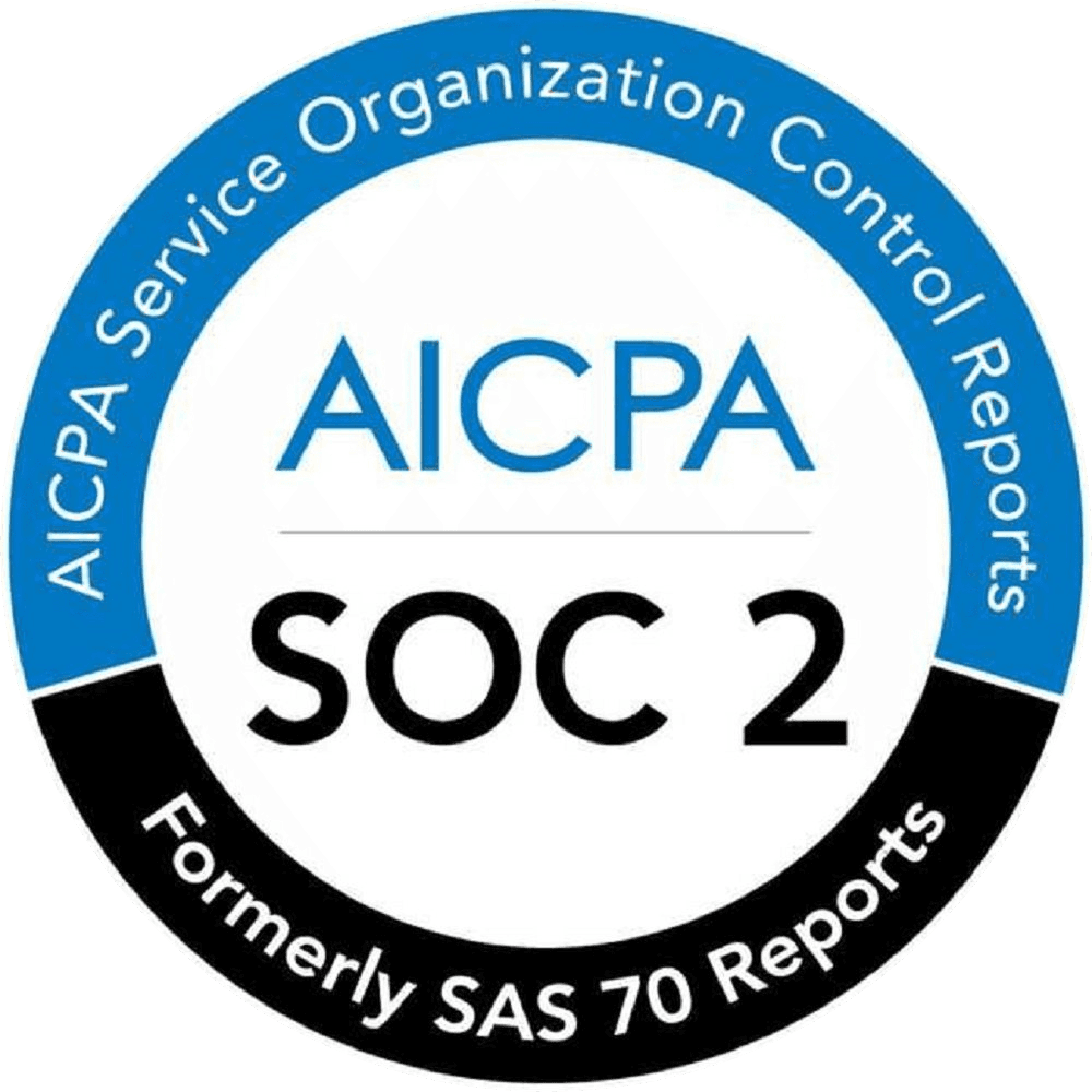Code Security
Dec 20, 2024
CVE-2024-49775: Siemens UMC Heap Buffer Overflow

Sonali Sood
Founding GTM, CodeAnt AI
CVE-2024-49775 is a critical security flaw in Siemens’ User Management Component (UMC) that exposes systems to remote code execution. This heap-based buffer overflow could let attackers bypass controls, steal sensitive data, or disrupt critical operations across industries. Siemens has released urgent patches in UMC versions 4.0.3 and 5.2.1, and all users are strongly advised to update immediately.
This disclosure comes on the heels of other severe vulnerabilities, such as CVE-2024-10905 in SailPoint IdentityIQ, a CVSS 10 flaw that allows attackers to bypass authentication and compromise IAM platforms. Together, they highlight how attackers are targeting both infrastructure middleware and identity systems at the core of enterprise security.
In this guide, we’ll break down how the Siemens UMC vulnerability works, who is most at risk, the potential impact, and the exact steps you can take to mitigate it.

What is the Siemens UMC Vulnerability?
The Siemens User Management Component (UMC) is widely used in industrial and enterprise settings to handle user authentication and access control. CVE-2024-49775 stems from a flaw in memory handling within the UMC. By exploiting this vulnerability, an attacker can execute arbitrary code remotely, bypassing security controls and compromising the system.
How Does It Work?
A heap-based buffer overflow occurs when attackers send more data to a memory buffer than it can hold, overwriting adjacent memory locations and allowing malicious code to run.
Here’s how CVE-2024-49775 exploitation works step by step:
Excessive Input: An attacker sends data that exceeds the allocated buffer size for the heap memory.
Memory Corruption: This overflow overwrites adjacent memory locations, paving the way for malicious code insertion.
Code Execution: The malicious code executes with the privileges of the vulnerable process, potentially compromising the entire system.
The remote nature of this vulnerability makes it particularly severe, as it can be exploited without physical access to the device.
Impact
The impact of CVE-2024-49775 is far-reaching, especially for organizations that depend on Siemens technology for critical operations:
System Compromise: Attackers can exploit the vulnerability to take control of the system.
Operational Downtime: Systems could experience interruptions, significantly impacting industrial workflows.
Data Breach: Sensitive information stored or processed by the system could be exposed to unauthorized parties.
This makes CVE-2024-49775 one of the most urgent Siemens vulnerabilities in recent years, with potential consequences not just for IT teams, but for entire operational workflows.
CVSS Score & Severity Analysis
CVE-2024-49775 has been classified as a critical vulnerability under the Common Vulnerability Scoring System (CVSS), with a likely score of 9.8/10 due to its remote exploitability and potential to cause complete system compromise. The vulnerability allows attackers to execute arbitrary code without requiring physical access, which places it in the highest risk category.
For organizations relying on Siemens UMC in industrial and enterprise environments, this means the vulnerability should be treated as a top-priority incident. Unpatched systems remain highly exposed, making immediate remediation essential.
Who is Affected?
The vulnerability affects Siemens systems with UMC versions 4.0.2 and earlier and 5.2.0 and earlier. Key industries at risk include:
Manufacturing: Automated production lines reliant on Siemens equipment.
Utilities: Power grids, water treatment plants, and other critical infrastructure.
Healthcare: Medical devices and diagnostic tools using Siemens components.
Organizations using these versions should consider themselves at immediate risk.
Mitigation and Recommended Actions
Siemens has provided clear guidance to mitigate this vulnerability. To secure your systems, follow these steps:
Update Your Systems:
Upgrade to UMC version 4.0.3 or 5.2.1, as these versions address the heap-based buffer overflow vulnerability.
Regularly check for firmware updates to ensure systems remain protected.
Conduct System Audits:
Assess all devices running Siemens UMC to ensure they are updated.
Identify and isolate outdated systems that may still be in use.
Enable Network Segmentation:
Restrict access to critical systems by creating segmented networks. This minimizes the attack surface.
Use Intrusion Detection Systems (IDS):
Deploy tools like IDS to monitor for suspicious activities, including unusual memory usage.
Educate Your Team:
Provide training to employees about recognizing phishing attacks and other exploitation methods attackers might use.
Timeline & Official Advisory
To better understand how Siemens handled CVE-2024-49775, here’s a quick look at the timeline of events and their official response:
Discovery: The vulnerability was disclosed in September 2024 during routine security testing of the User Management Component.
Vendor Response: Siemens quickly investigated, confirmed the flaw, and released a public security advisory.
Patch Release: Security fixes were issued in UMC version 4.0.3 and 5.2.1, addressing the heap-based buffer overflow.
👉 You can view Siemens’ official security advisory here for the latest details, patch notes, and update instructions.
Why This Matters for ICS and OT Security
CVE-2024-49775 isn’t just another IT vulnerability, it strikes at the heart of Operational Technology (OT) and Industrial Control Systems (ICS), where security gaps can have real-world consequences. Unlike office IT systems, these environments are tightly linked to physical operations.
Key reasons it matters:
Mission-Critical Operations: Many ICS/OT systems run 24/7, downtime can halt production lines, disrupt utilities, or affect healthcare delivery.
Industry Reliance: Manufacturing plants, energy providers, and hospitals often depend on Siemens equipment for core processes.
Remote Exploitability: Since this CVE allows remote code execution, attackers don’t need physical access to cause damage.
Safety Risks: Exploitation can lead not just to data loss but to physical system malfunctions that endanger people and infrastructure.
Operational Continuity: Unpatched systems could face costly outages, compliance failures, and reputational damage.
For ICS/OT-heavy industries, timely patching of Siemens UMC isn’t just best practice, it’s a business and safety imperative.
Conclusion
CVE-2024-49775 isn’t just another Siemens patch note, it’s proof that attackers move faster than traditional security cycles. Siemens has closed the hole in UMC 4.0.3 and 5.2.1, but unpatched systems remain wide open to remote exploits, downtime, and breaches. In 2025, security isn’t about reacting, it’s about building resilience into your pipeline.
👉 With CodeAnt AI, teams can:
Detect vulnerabilities early in pull requests, before code ever hits production.
Automate security reviews across code, dependencies, and configurations.
Track coverage and DORA metrics so quality and velocity stay balanced.
Set dynamic quality gates that adapt with team feedback, not just static rules.
Integrate seamlessly with GitHub, GitLab, Bitbucket, and Azure DevOps.
Patch today. Protect tomorrow. Start a free trial of CodeAnt AI and turn the next CVE into just another routine update.














